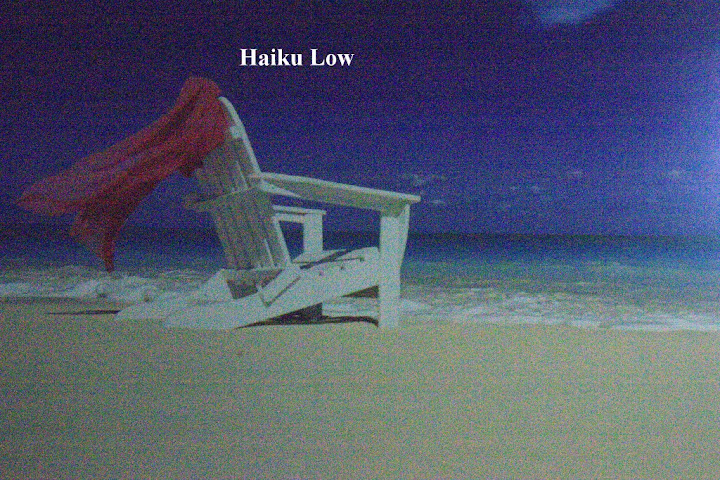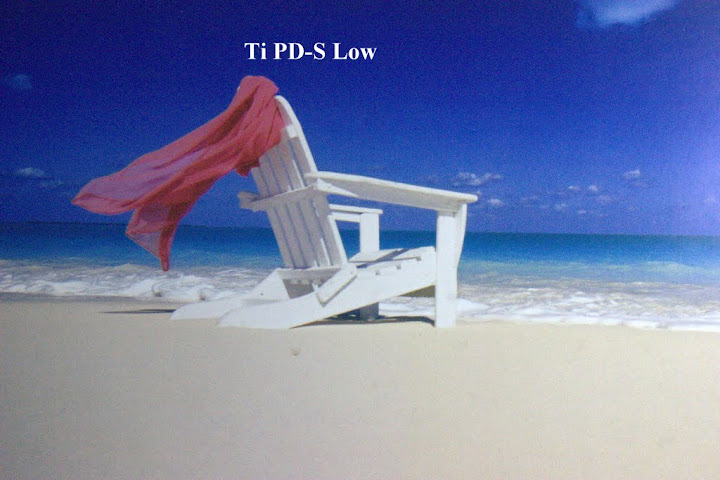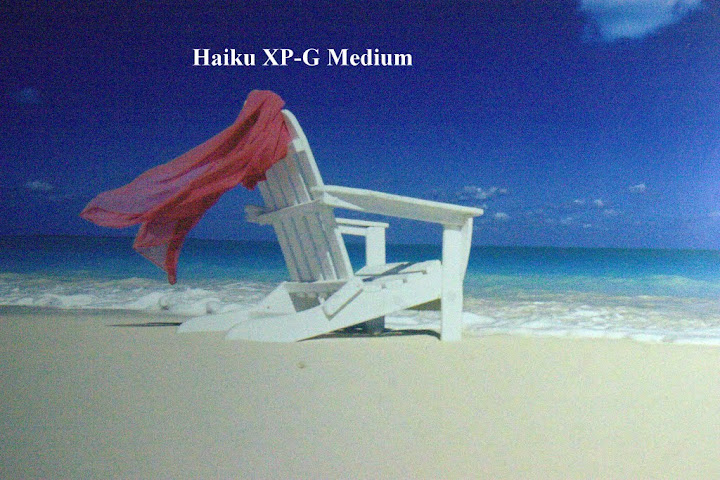jch79
**Do Not Feed The Vegan**,
For those of you who own a camera with a flash-mount and want to take the lighting of your flashlight/product/model photography to the next level, you need to read David Hobby's Strobist blog - particularly his Lighting 101 tutorials.
The "Strobist" method is basically shooting stuff (be it flashlights, people, food, rooms, whatever), with camera flashes that are mounted off-camera using wireless triggers (or similar methods). This makes your lighting kit portable, lightweight, and pretty affordable.
And when you've got some photos under your belt, join the Strobist Flickr pool/discussion group, and you'll get some great feedback on one of Flickr's largest discussion groups.
I'm by no means an expert at product photography (I'm an architectural photographer), but I've had a lot of fun experimenting using anywhere between 1-4 flashes off-camera.

This image (of PhotonFanatic's Tasklight I II) was shot with two flashes, one from the left, one from the right.

This was shot for a blog post of my well-worn Benchmade Mini Grip. Again, I think this was two lights, from either side of me.

This is Dave's SPY007 with the GP Block, mounted onto a tiny tripod. I think I used 3 flashes for this one.
I've only owned flashes for a year or so, so I've not shot a lot of flashlights with this method, but any new lights will certainly get the Strobist treatment when it comes to taking their portrait.
Anyways, read the Strobist blog and pick up some flashes (cheap Strobist kits are available from Midwest Photo Exchange, who worked with David to get a good starter kit), and have fun!
:thumbsup: john
The "Strobist" method is basically shooting stuff (be it flashlights, people, food, rooms, whatever), with camera flashes that are mounted off-camera using wireless triggers (or similar methods). This makes your lighting kit portable, lightweight, and pretty affordable.
And when you've got some photos under your belt, join the Strobist Flickr pool/discussion group, and you'll get some great feedback on one of Flickr's largest discussion groups.
I'm by no means an expert at product photography (I'm an architectural photographer), but I've had a lot of fun experimenting using anywhere between 1-4 flashes off-camera.

This image (of PhotonFanatic's Tasklight I II) was shot with two flashes, one from the left, one from the right.

This was shot for a blog post of my well-worn Benchmade Mini Grip. Again, I think this was two lights, from either side of me.

This is Dave's SPY007 with the GP Block, mounted onto a tiny tripod. I think I used 3 flashes for this one.
I've only owned flashes for a year or so, so I've not shot a lot of flashlights with this method, but any new lights will certainly get the Strobist treatment when it comes to taking their portrait.
Anyways, read the Strobist blog and pick up some flashes (cheap Strobist kits are available from Midwest Photo Exchange, who worked with David to get a good starter kit), and have fun!
:thumbsup: john




































